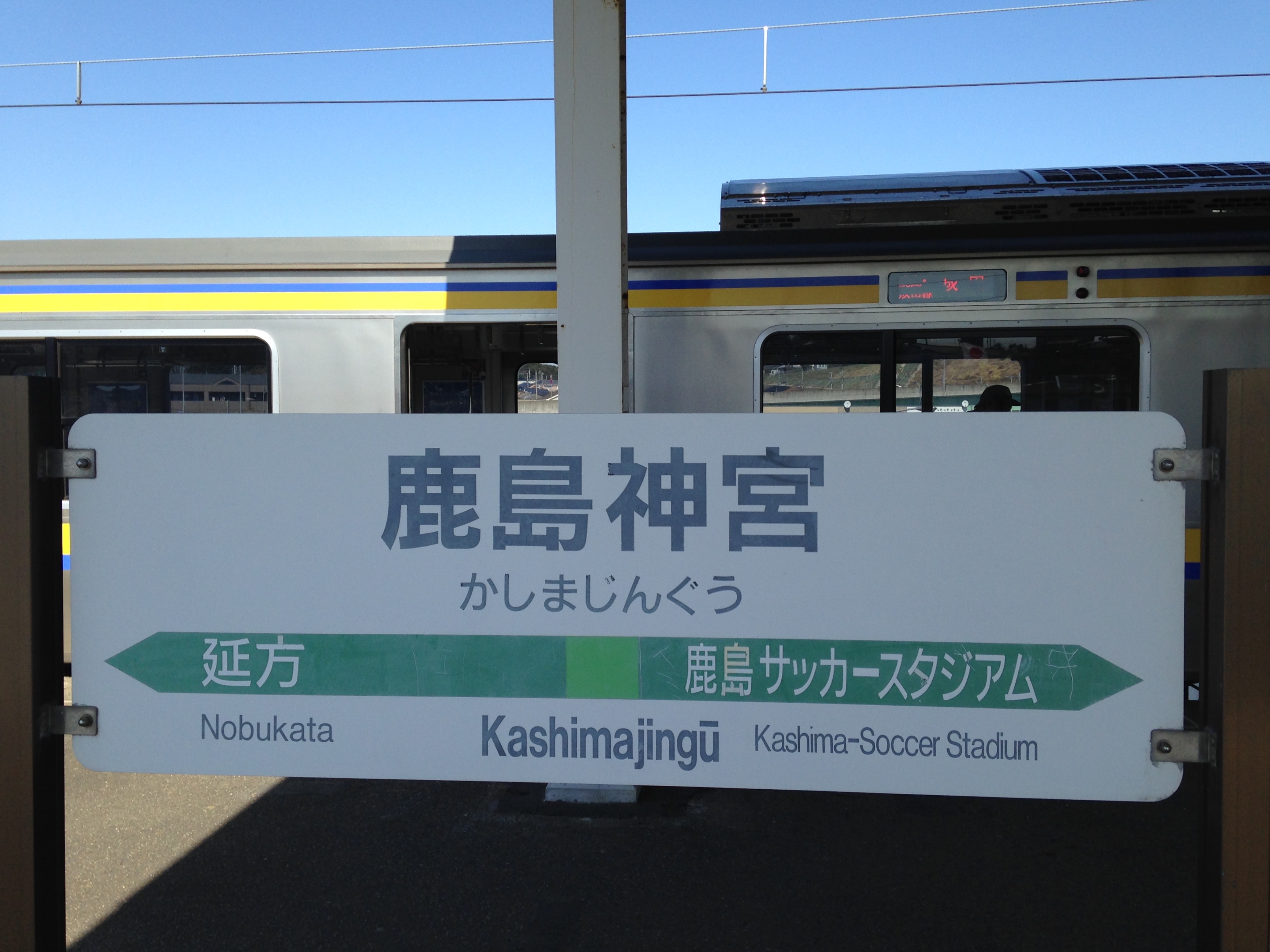|
E131-1000 Series
The is a DC electric multiple unit (EMU) train type operated by the East Japan Railway Company (JR East). It began operations in the Chiba area on 13 March 2021, on the Sagami Line on 18 November 2021, and on the Nikkō Line and the Utsunomiya Line on 12 March 2022. The trains are equipped for driver-only operation (). Design The E131 series trains have stainless steel bodies. They have LCD passenger information displays above the doors, as well as wheelchair-accessible and stroller-accessible "free spaces" on all cars. As they are equipped for " wanman" driver-only operation, body-mounted cameras are utilized to monitor passengers boarding and alighting the train; these cameras are then fed to displays located in the driver's cab. They also feature semi-automatic doors, allowing passengers to operate the doors during driver-only operation. Internally, the trains are equipped with security cameras and emergency call switches. Some trains in each subseries are numbered -X80 ... [...More Info...] [...Related Items...] OR: [Wikipedia] [Google] [Baidu] |
Japan Transport Engineering Company
is a manufacturer of heavy rail cars in Japan, formerly known as . The company is based in Kanazawa-ku, Yokohama, and a member of East Japan Railway Company (JR East) group. J-TREC manufactures rail vehicles not only for JR East and Tokyu Corporation but for other Japanese operators, including various Japan Railways Group companies and international operators as well. Tokyu Car Corporation, the predecessor of J-TREC, was founded on 23 August 1948. Tokyu Car was a licensee of early-generation (early-1960s) stainless-steel commuter EMU train body and related bogie technology from the Budd Company of the United States. Since then, Tokyu Car has specialised in stainless-steel body car technology. On 27 October 2011, Tokyu Car Corporation announced that its rolling stock manufacturing division would be acquired by East Japan Railway Company (JR East), and the company cease operations with effect from 1 April 2012. It is to be subsequently split into two companies, Tokyu Car Engineer ... [...More Info...] [...Related Items...] OR: [Wikipedia] [Google] [Baidu] |
Induction Motor
An induction motor or asynchronous motor is an AC motor, AC electric motor in which the electric current in the rotor (electric), rotor that produces torque is obtained by electromagnetic induction from the magnetic field of the stator winding. An induction motor therefore needs no electrical connections to the rotor. An induction motor's rotor can be either wound rotor motor, wound type or squirrel-cage rotor, squirrel-cage type. Three-phase Squirrel-cage rotor, squirrel-cage induction motors are widely used as industrial drives because they are self-starting, reliable, and economical. Single-phase electric power, Single-phase induction motors are used extensively for smaller loads, such as garbage disposals and stationary power tools. Although traditionally used for constant-speed service, single- and three-phase induction motors are increasingly being installed in variable-speed applications using variable-frequency drives (VFD). VFD offers energy savings opportunities for i ... [...More Info...] [...Related Items...] OR: [Wikipedia] [Google] [Baidu] |
Kashimajingū Station
is a junction passenger railway station located in the city of Kashima, Ibaraki, Kashima, Ibaraki Prefecture, Japan, operated by the East Japan Railway Company (JR East) and the by the Public-Private_Partnerships_In_Japan, third sector Kashima Rinkai Railway. Lines Kashimajingū Station is served by the Kashima Line, and is located 14.2 km from the official starting point of the line at Katori Station. The station is also served by the trains of the Ōarai Kashima Line. The adjacent Kashima Soccer Stadium Station is the boundary of the Kashima Line and the Ōarai Kashima Line. Station layout The station consists of one elevated island platform with the station building underneath. The station is staffed. Platforms History The station opened on August 20, 1970. The station was absorbed into the JR East network upon the privatization of the Japanese National Railways (JNR) on 1 April 1987. Passenger statistics In fiscal 2019, the JR station was used by an average of 9 ... [...More Info...] [...Related Items...] OR: [Wikipedia] [Google] [Baidu] |
Sawara Station
is a passenger railway station in the city of Katori, Chiba Japan, operated by the East Japan Railway Company (JR East). Lines Sawara Station is served by the Narita Line, and is located 40.0 kilometers from the terminus of line at Sakura Station. Some trains for the Kashima Line originate at this station. Layout Sawara Station has a single bay platform serving two tracks, and an island platform, for a total of four tracks. The island platform is connected to the bay platform by a footbridge. The station has a ''Midori no Madoguchi'' staffed ticket office. Platforms History Sawara Station was opened on February 3, 1898 as a terminal station on the Narita Railway Company for both freight and passenger operations. The Narita Railway was nationalised on September 1, 1920, becoming part of the Japanese Government Railway (JGR). The line was extended to on November 10, 1931. After World War II, the JGR became the Japan National Railways (JNR). Scheduled freight operations we ... [...More Info...] [...Related Items...] OR: [Wikipedia] [Google] [Baidu] |
Kisarazu Station
is a junction passenger railway station in the city of Kisarazu, Chiba, Kisarazu, Chiba Prefecture, Japan, operated by the East Japan Railway Company (JR East). Lines Kisarazu Station is served by the Uchibō Line and Kururi Line. It is 31.3 kilometers from the starting point of the Uchibō Line at Soga Station and forms the eastern terminal station, terminus of the 32.3 kilometer Kururi Line. Station layout The station consists of two island platforms serving four tracks, connected to the station building by a footbridge. The station has a "Midori no Madoguchi" staffed ticket office. Platforms History Kisarazu Station opened on August 21, 1912. The station was absorbed into the JR East network upon the privatization of JNR on April 1, 1987. Bus terminals Highway buses * For Narita International Airport * For Haneda Airport * For Tokyo Station * For Shinjuku Station * For Shinagawa Station * For Kawasaki Station * For Yokohama Station Passenger statistics In fisc ... [...More Info...] [...Related Items...] OR: [Wikipedia] [Google] [Baidu] |


